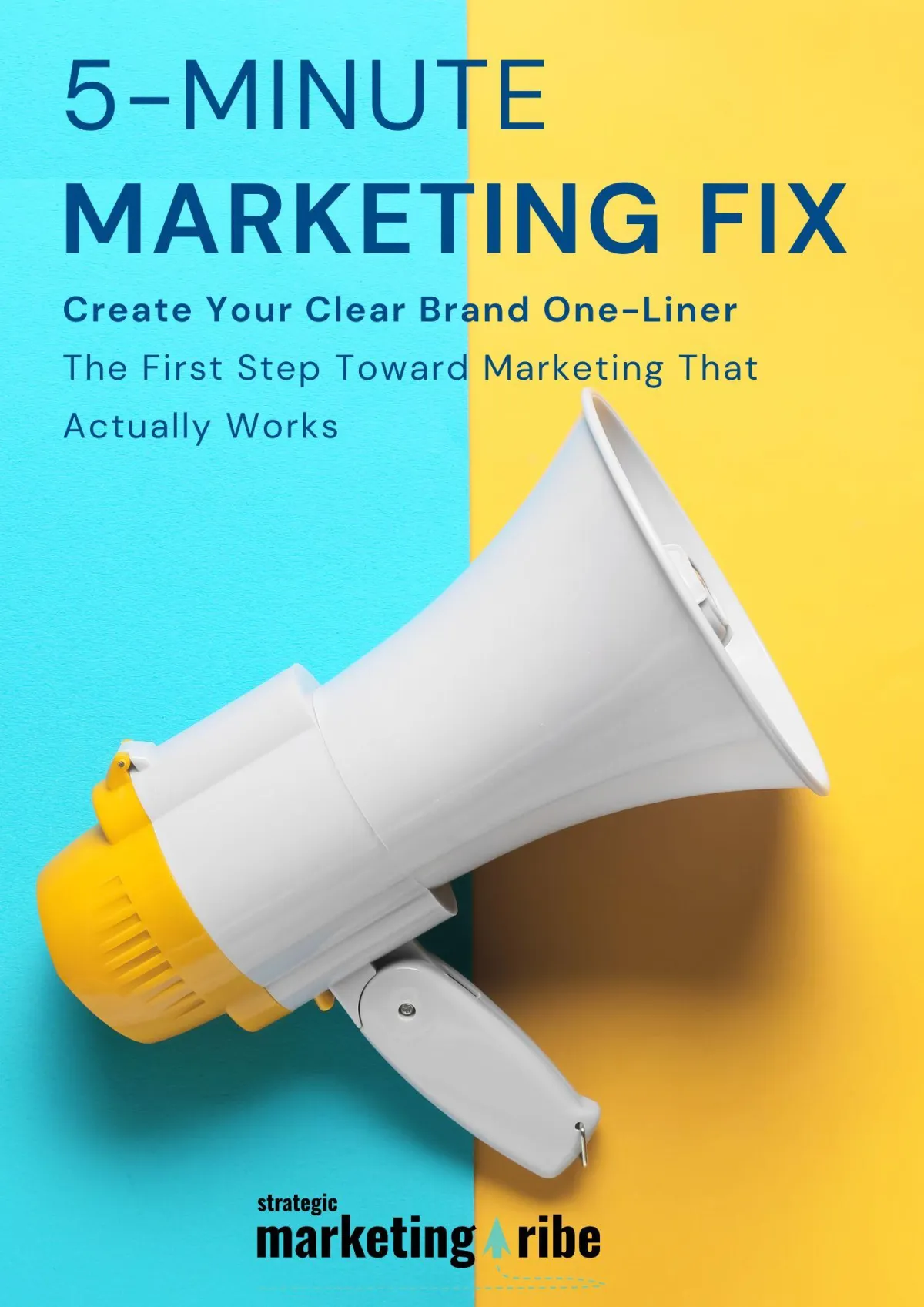NEWS, MEET STRATEGY
Real news, real insights – for small businesses who want to understand what’s happening and why it matters.

AI Job Loss Panic? It’s Just Clever Marketing
By Vicky Sidler | Published 26 July 2025 at 12:00 GMT
If you’ve spent the past year nervously Googling “Will AI replace my job?”, you’re not alone—and you’re not crazy. Headlines everywhere scream about automation wiping out entire industries. And sure, it makes for dramatic reading. But the data? Not nearly as exciting, according to SparkToro.
In fact, there’s one big thing most of those scary predictions have in common: they’re being made by people who sell AI.
Let’s talk about that.
TL;DR
Fears about AI replacing jobs have little data backing them—most are clickbait.
Studies show tech usually creates more jobs than it kills (remember the PC?).
AI adoption has been slow, and employment is near historic highs.
Scary headlines benefit AI companies, critics, and the media.
Practical takeaway: Small businesses should focus on clarity, not panic.
👉 Want to sound smarter (and sell better) than a doom headline? Get your message clear with the free 5-Minute Marketing Fix.
What the History Books (and Excel Sheets) Say:
The idea that “AI will take all our jobs” isn’t new. People said the same thing about tractors. And computers. And microwaves, probably.
Here’s what actually happened:
Farm automation in the early 20th century did remove millions of jobs—but created millions more in manufacturing, retail, and logistics.
The personal computer boom in the 1980s replaced about 3.5 million US jobs… and created over 19 million.
A 2023 analysis of 127 studies found that technology’s “job-killing” effect is usually more than offset by new roles and increased income.
In other words: yes, tech changes the job market. No, it doesn’t usually destroy it.
The Data Doesn’t Back the Drama:
Rand Fishkin, founder of SparkToro, recently spent a weekend digging through labor stats, economic research, and AI trend reports. His goal? To find hard proof that AI is killing jobs at scale.
He found the opposite.
Despite years of predictions that AI would wipe out 20–50% of jobs, unemployment is still near historic lows. In fact, the US is hovering around a 3.5% unemployment rate—the same level as the 1950s.
And even in the one sector everyone keeps pointing to—software engineering—job declines have more to do with interest rates and hiring freezes than with robots writing code.
So… Why All the Hype?
Simple: it works.
Scaring people into thinking AI is about to destroy their careers makes headlines. Headlines drive clicks. Clicks drive curiosity—and customers. For AI companies, it's smart marketing. For critics, it’s attention. For media outlets, it’s pageviews.
It’s a full-blown attention economy feedback loop.
This isn’t just happening in tech. It’s the same reason toothpaste ads show exaggerated bacteria animations or why fitness influencers post “What doctors won’t tell you.” Fear sells.
The Real Risk for Small Business Owners:
Now, here’s where it gets relevant for you.
If you’re a small business owner, the risk isn’t that AI will steal your job—it’s that you’ll waste time worrying about it instead of using it wisely.
AI won’t replace your accountant anytime soon. But it might help you summarize meeting notes faster. It won’t run your business. But it can generate an outline for your next blog post.
The businesses thriving right now aren’t the ones panicking about AI—they’re the ones using it to simplify admin, speed up research, or improve customer service. And, more importantly, they’re the ones communicating clearly with their audience.
Because if your message is fuzzy, even the smartest tools won’t help.
Don’t Let Hype Replace Your Common Sense:
Technology evolves. Always has. Always will. But if history’s any guide, you’re more likely to hire someone new because of AI than get replaced by it. (In fact, I did hire someone new to help me out. Hi Jacques!)
That’s good news—if you’re paying attention.
So before you fall down another headline rabbit hole about the robot apocalypse, do this instead:
Revisit how you describe your business.
Make sure your messaging is simple, specific, and benefits-led.
Then look at how tools like AI can help you communicate and operate more efficiently—not replace your team.
My Advice as a Duct Tape Marketing Strategist:
As a StoryBrand Guide and Duct Tape Marketing Consultant, I’ve seen one trend hold true no matter what the tech is doing:
Clear brands win. Confusing ones stall.
That’s it.
If your audience doesn’t get what you offer within five seconds, they’re gone. AI or no AI.
So before you stress about disruption, get your basics right:
Clear one-liner
Obvious customer benefit
Trust-building message
I can help with that.
Grab my free 5-Minute Marketing Fix and get your message working harder—so you don’t have to.
Here’s the Gist:
Scary tech predictions get views. But data and history tell a more reassuring story. You don’t need to fear AI—you need to use it smartly, and communicate better than the folks shouting on LinkedIn.
And if you’re still worried your marketing message sounds like a toaster manual? I’ve got you.

Created with clarity (and coffee)







